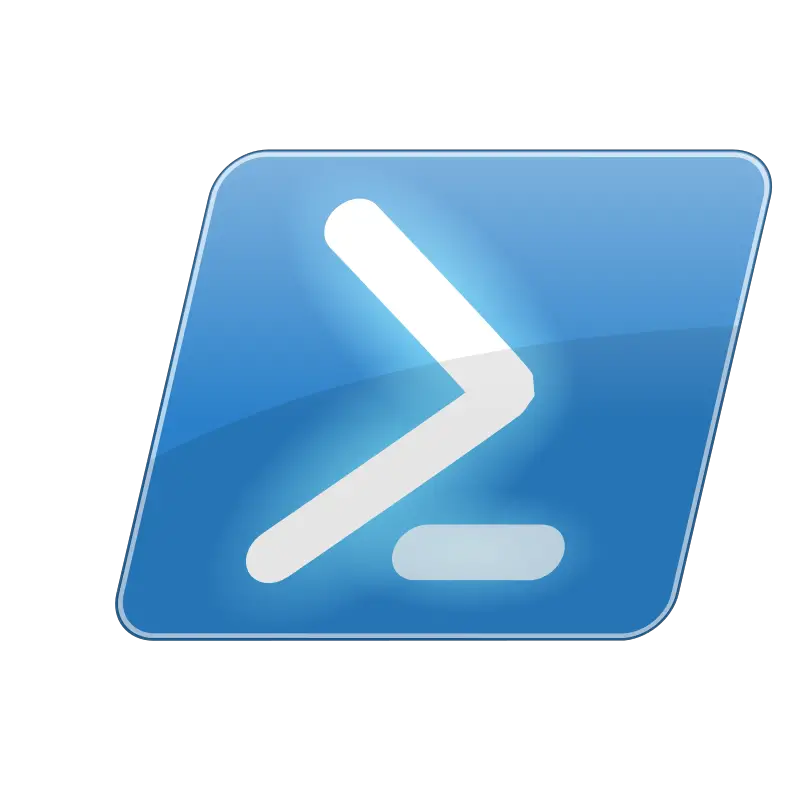PowerShell Hashtables: Storing and Manipulating Data
PowerShell Arrays: Storing and Manipulating Data
02/06/2023PowerShell Functions: Organizing Your Scripts and Reusing Code
02/20/2023
In this post, “PowerShell Hashtables: Storing and Manipulating Data”, we will delve into the world of PowerShell Hashtables and learn how to store and manipulate data using this powerful data structure. If you’re new to PowerShell, you’ll quickly discover that Hashtables are a useful tool for managing and automating tasks on Windows systems. They allow you to store data in a key-value format and easily retrieve specific elements based on unique keys. Whether you’re a beginner or an experienced PowerShell developer, this tutorial will provide you with the knowledge and skills you need to work with Hashtables effectively.
PowerShell Hashtables are a powerful data structure that allow you to store and manipulate data in a fast and efficient way. In this tutorial, we’ll cover the basics of PowerShell Hashtables, including how to create, access, and manipulate Hashtable elements. By the end of this tutorial, you’ll have a solid understanding of how to work with Hashtables in PowerShell and be well on your way to becoming a proficient PowerShell developer.
What are PowerShell Hashtables?
PowerShell Hashtables are similar to arrays, but they store data in a key-value format rather than a numeric index. This means that each element in a Hashtable has a unique key that you can use to access its value. Hashtables are particularly useful when you need to store and retrieve data based on a specific key, rather than a numerical index.
Creating a PowerShell Hashtable
To create a PowerShell Hashtable, you can use the following syntax:
$hashtable = @{key1 = "value1"; key2 = "value2"}
This creates a Hashtable with two elements: “key1” and “key2”, with corresponding values “value1” and “value2”. You can also create a Hashtable using the New-Object cmdlet:
$hashtable = New-Object System.Collections.Hashtable
$hashtable.Add("key1", "value1")
$hashtable.Add("key2", "value2")
Accessing Hashtable Elements
To access an element in a Hashtable, you can use the following syntax:
$hashtable["key1"] # output: "value1"
This will retrieve the value of the element with the key “key1”. You can also use the Get-Item cmdlet to access Hashtable elements:
$hashtable | Get-Item "key" # output: "value1"
You can also use the ContainsKey method to check if a specific key exists in the Hashtable:
$hashtable.ContainsKey("key1") # output: True
Changing Hashtable Elements
To change the value of an element in a Hashtable, you can use the following syntax:
$hashtable["key1"] = "new value"
This will update the value of the element with the key “key1” to “new value”. You can also use the Set-Item cmdlet to change the value of an element:
$hashtable | Set-Item "key1" "new value"
Adding Elements to a Hashtable
To add a new element to a Hashtable, you can use the Add method:
$hashtable.Add("key3", "value3")
This will add a new element with the key “key3” and the value “value3” to the Hashtable.
Removing Elements from a Hashtable
To remove an element from a Hashtable, you can use the Remove method:
$hashtable.Remove("key1")
This will remove the element with the key “key1” from the Hashtable.
Iterating Through a Hashtable
To iterate through a Hashtable, you can use a foreach loop:
foreach ($key in $hashtable.Keys) {
Write-Host $key: $hashtable[$key]
}
This will output the keys and values of all elements in the Hashtable.
Conclusion
In this tutorial, we’ve covered the basics of PowerShell Hashtables, including how to create, access, and manipulate Hashtable elements. Hashtables are a powerful data structure that allow you to store and retrieve data based on unique keys, rather than numerical indices. By using the techniques outlined in this tutorial, you’ll be well on your way to mastering Hashtables in PowerShell.
If you liked this post you might also like one of my other posts:
PowerShell Loops: While, and Do-Until
Randomly Generate a Passphrase Using PowerShell
PowerShell Arrays: Storing and Manipulating Data
